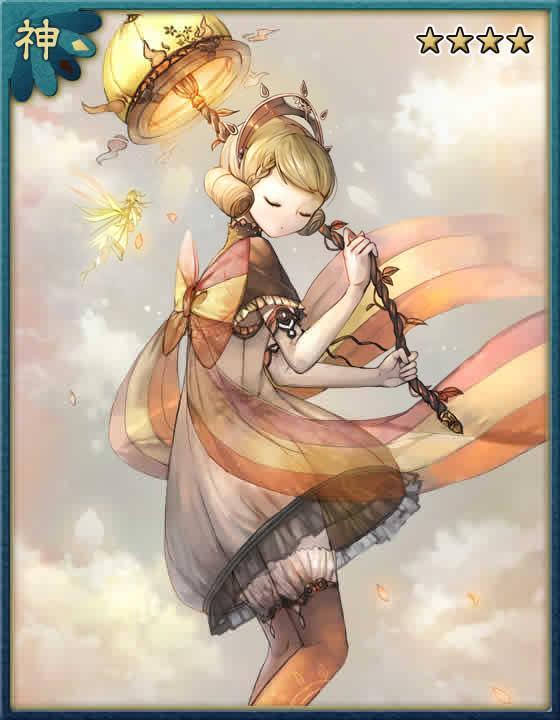

In fact, Niobe said that she was superior to Leto, as she had fourteen children and not only two. Niobe and Amphion gave birth to fourteen children, seven sons and seven daughters.”Īt a ceremony held in honor of Leto, the mother of the divine twins, Apollo and Artemis, who was also living in Thebes, Niobe, in a fit of arrogance, bragged about her fourteen children.
#Hemera mythology series
This was a turning point in her life and a series of tragic events followed, to give her a distinct place in one of the most tragic dramas in Greek mythology. When Niobe grew up, she got married to Amphion, king of Thebes. Niobe had two brothers, Broteas and Pelops, who would later be a legendary hero and would give his name to Peloponnese. Her father was Tantalus, king of a town above Mount Sipylus in Anatolia, but we do not know exactly who her mother was. ”The tragic tale of Niobe is one of the most poignant in Greek mythology. Solomon Joseph Solomon (1860-1927), ‘Niobe’, from “The Magazine of Art”, London, 1878 Source luigi bonazza italian artists italian painter leda and the swan leda Die Kunstwelt greek myth greek mythology mythology In other versions, Helen is a daughter of Nemesis, the goddess who personified the disaster that awaited those suffering from the pride of Hubris.” In some versions, she laid two eggs from which the children hatched. According to many versions of the story, Zeus took the form of a swan and seduced Leda on the same night she slept with her husband King Tyndareus. Yeats version, it is subtly suggested that Clytemnestra, although being the daughter of Tyndareus, has somehow been traumatized by what the swan has done to her mother (see below). According to later Greek mythology, Leda bore Helen and Polydeuces, children of Zeus, while at the same time bearing Castor and Clytemnestra, children of her husband Tyndareus, the King of Sparta.

“Leda and the Swan is a story and subject in art from Greek mythology in which the god Zeus, in the form of a swan, seduces Leda. She was largely irrelevant in mythology, with her role being entirely subsumed by the goddess Eos.” ( Source)Ĭhie yoshii japanese artist japanese painter hemera greek myth greek mythology Hesiod seems to regard her as more of a divine substance rather than anthropomorphic goddess. Hemera was closely identified with Hera, the queen of heavens, and Eos, the goddess of the dawn. The sun ruled the day but was not its source. In the ancient cosmogonies night and day were actual substances distinct and independent of the sun. With each morn Hemera dispersed her mother’s mists, bathing the earth again in the light of the ether. She was a daughter of Erebos (Darkness) and Nyx (Night) and the sister and wife of Aither (Aether, Heavenly Light).Įvery evening Hemera’s mother Nyx drew her dark veil across the sky, obscuring the the shining blue of the heavenly ether (aither), and bringing night to earth. “HEMERA was the the primordial goddess (protogenos) of the day.


 0 kommentar(er)
0 kommentar(er)
